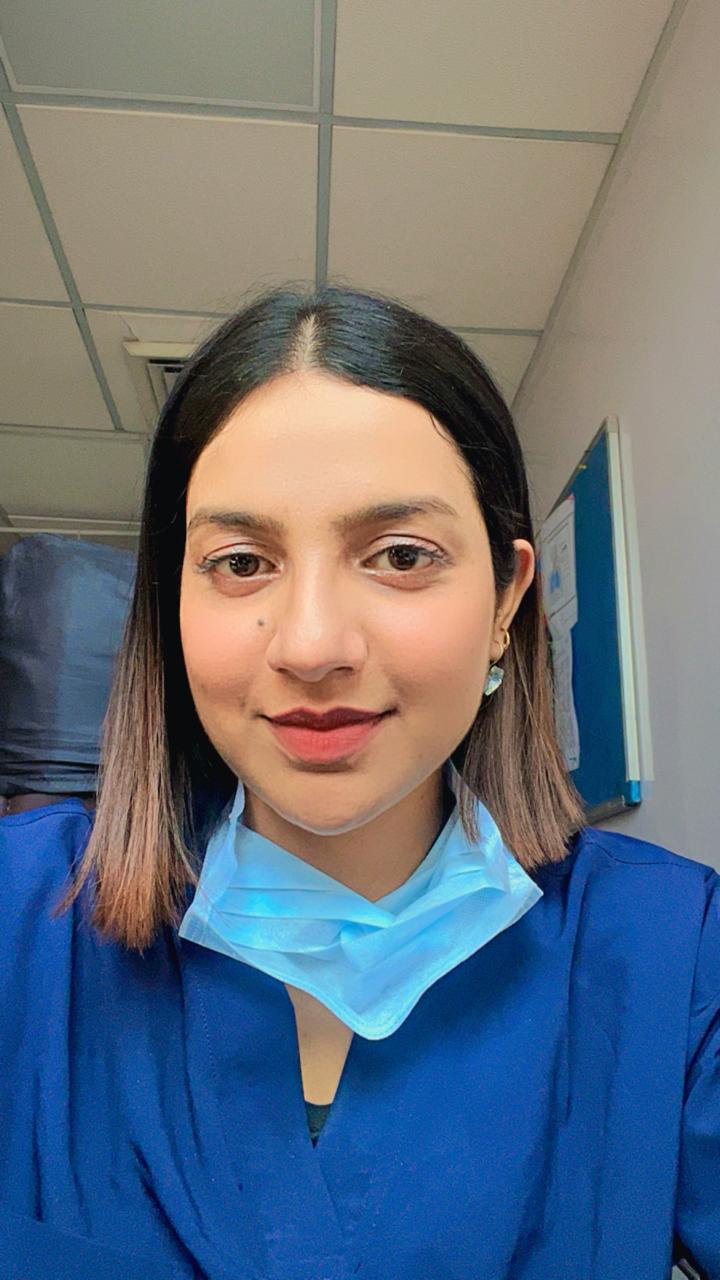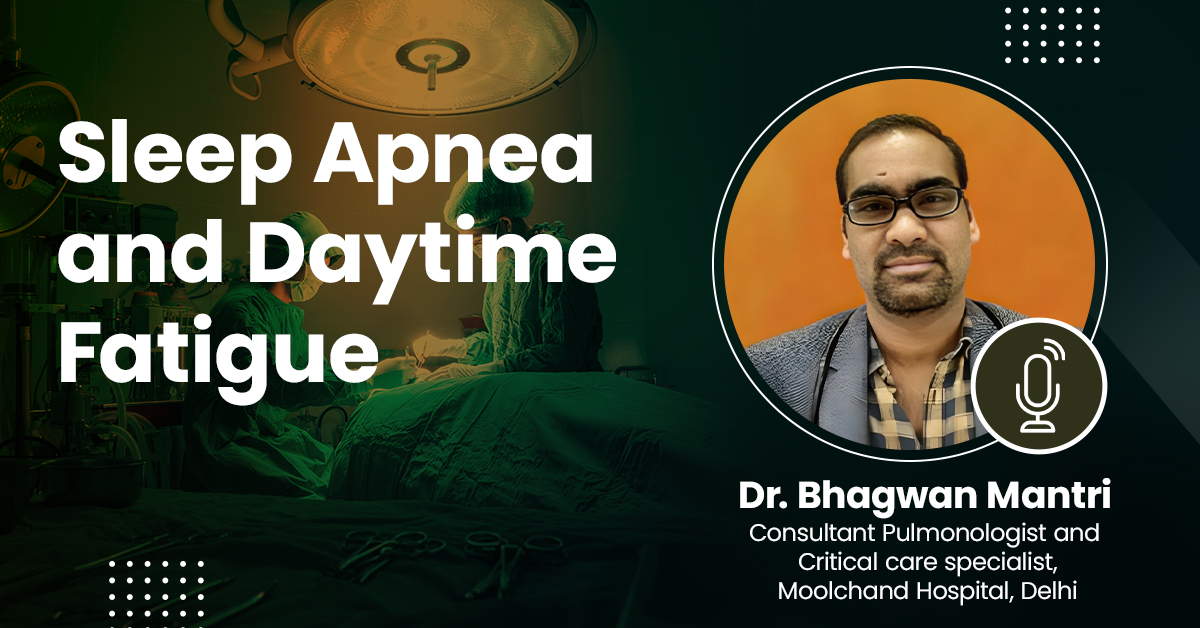- 168.4k views
Hypoxia and Oxygen Therapy
Oxygen therapy and non-invasive ventilation (NIV) are critical treatments for patients with respiratory issues. Oxygen therapy involves delivering supplemental oxygen to those with low blood oxygen levels due to conditions like COPD or pneumonia. Non-invasive ventilation, such as CPAP or BiPAP, supports breathing without the need for intubation, using a mask to provide pressurized air. NIV helps maintain airway pressure, improving oxygenation and reducing the work of breathing. Both therapies are less invasive options that can stabilize patients and improve outcomes, often preventing the need for more aggressive interventions like mechanical ventilation
About the Speaker

Dr. Sayyeda Uneza Fatima
MPT Cardiopulmonary, Delhi
Dr. Sayyeda Uneza Fatima, a Cardiopulmonary specialist (MPT) from Delhi. She’s also a content creator and Instagram influencer. Don’t miss her insights on heart health!
Upcoming Case Discussions
Gynaecologist’s Guide to Ovarian Cancer
Join us for a special webinar on World Ovarian Cancer Day, titled "Gynaecologist’s Guide to Ovarian Cancer." This expert-led session will delve into the latest advancements in early diagnosis, risk stratification, and evidence-based management of ovarian cancer. Tailored for gynecologists and healthcare professionals, the session will also explore real-world case discussions and multidisciplinary treatment approaches. Let’s come together to raise awareness and empower clinicians in the fight against this silent but deadly disease
Massive Transfusion Protocol
Massive Transfusion Protocol (MTP) is a standardized medical procedure activated in cases of severe hemorrhage, typically involving the rapid administration of large volumes of blood products. The goal is to restore circulating volume, maintain hemostasis, and prevent the lethal triad of hypothermia, acidosis, and coagulopathy. MTP usually involves a balanced ratio of packed red blood cells, plasma, and platelets, often in a 1:1:1 ratio. Early activation and coordination among trauma teams, laboratory services, and blood banks are essential for its success.
Sleep Apnea and Daytime Fatigue
Sleep Disorder Breathing is a term for a group of conditions with abnormal breathing patterns during sleep. This affects everyday functioning and well being.There are few types of SDB which include upper airways resistance, hypopnea, apnea, catathrenia and heavy snoring. People suffering with SDB can have daytime symptoms that result in poor sleep also. There can also be sleepiness, depressed mood, irritability and cognitive dysfunction.






